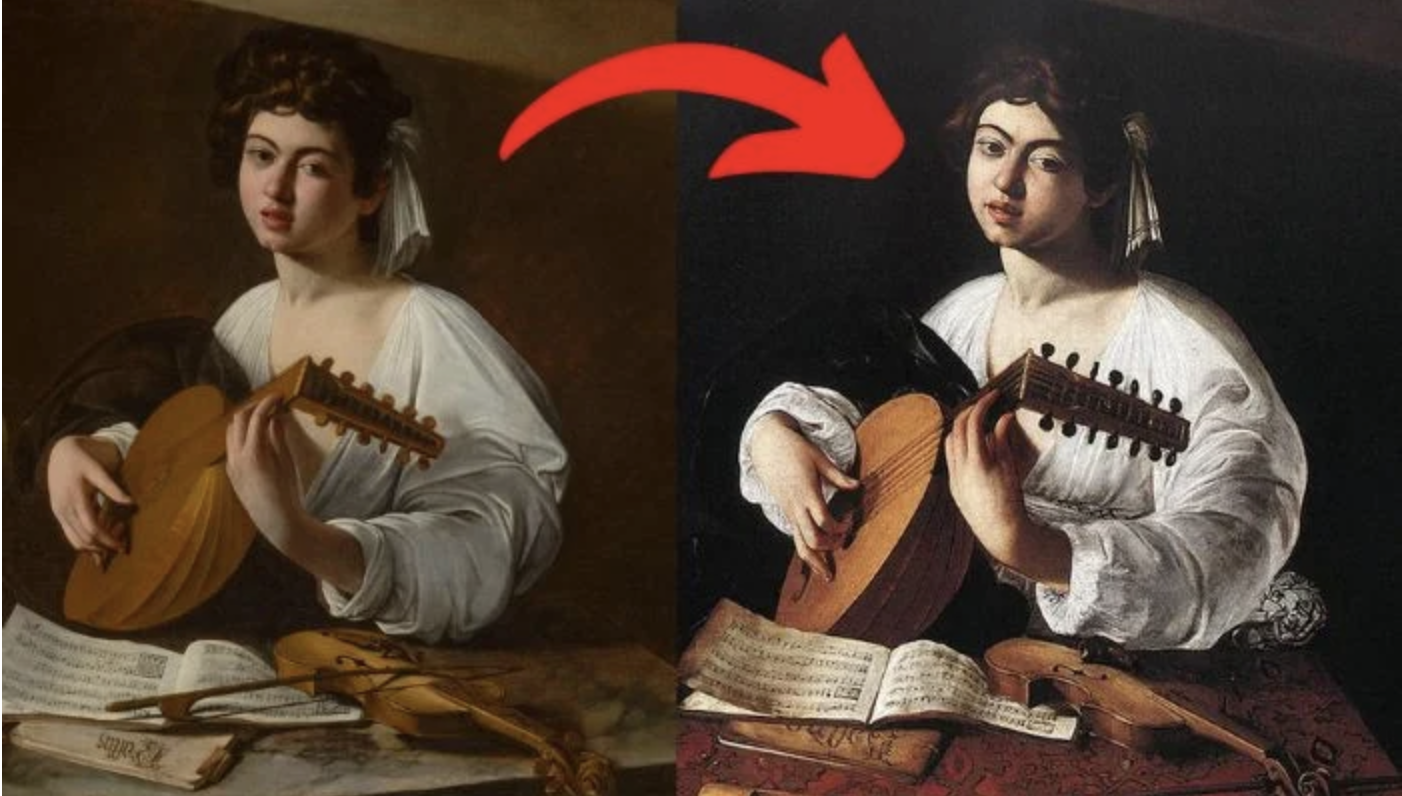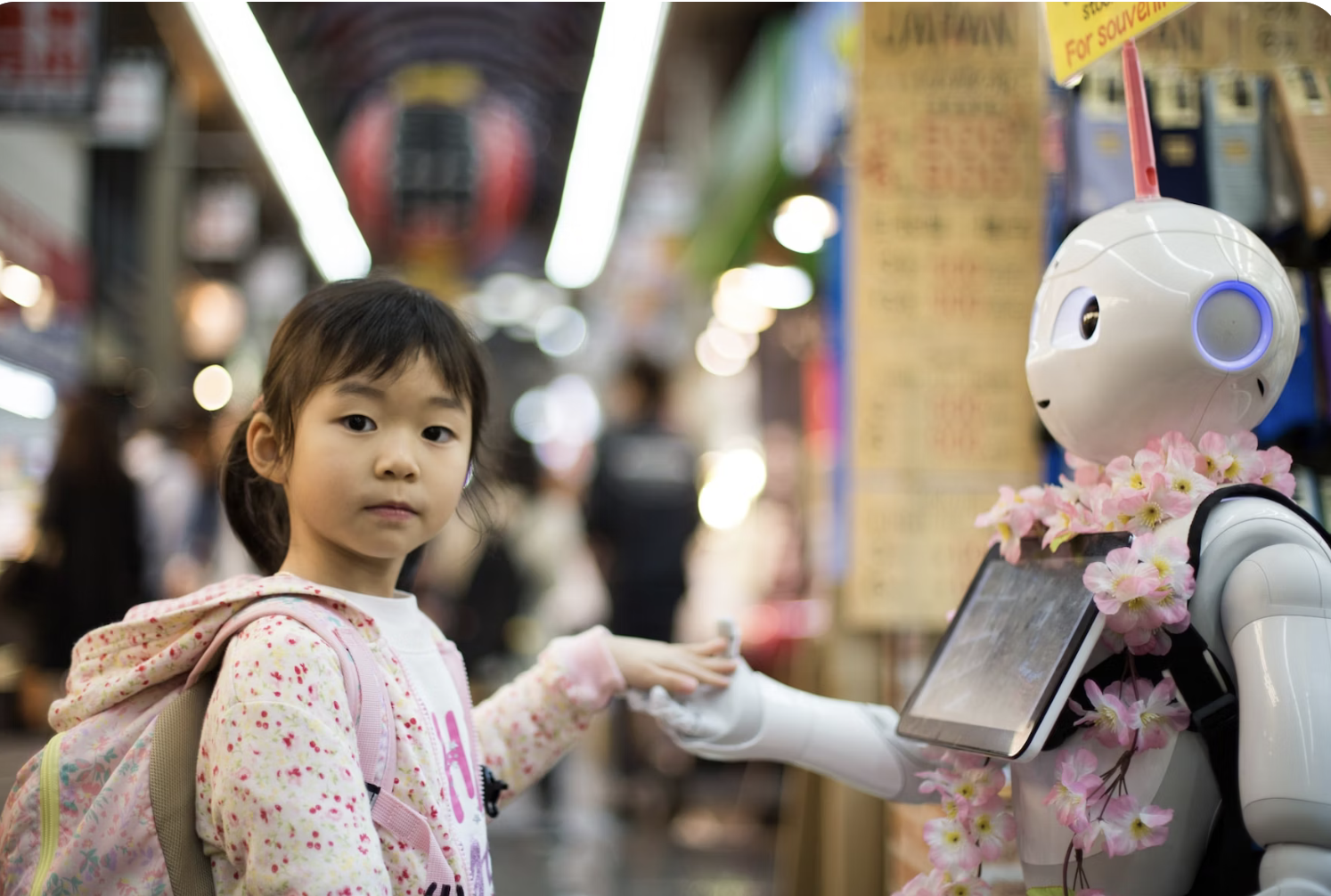Beyond Human Imagination: AI and the Future of Culture
In an era when machines can compose symphonies, interpret medical scans, and draft legal arguments, we are witnessing more than a technological disruption; it is a cultural redefinition of intelligence itself. Artificial intelligence is no longer confined to labs or code; it is shaping the way we create, judge, and experience beauty.
This raises a pressing question: what becomes of culture when creativity is no longer the exclusive domain of the human hand?
Intelligence as Culture
For centuries, the measure of human progress has been tied to how we expand knowledge and aesthetic expression. From the Renaissance’s blending of science and art to the Enlightenment’s faith in reason, every era has linked intelligence to culture. Today, generative AI represents the next stage in that lineage.
Technically speaking, generative models trained on immense datasets can produce entirely new outputs, from text to images to scientific predictions (IBM, 2024). Yet as a recent paper in Nature notes, these systems still lack the depth of human insight needed for true scientific originality (Nature, 2025). Rather than replacing creativity, AI functions more like a new workshop, an environment where machine patterns and human intuition meet.
“AI has, in effect, given us a new aesthetic grammar.”
The Rise of Algorithmic Aesthetics
In culture, the impact is immediate. AI has already begun to generate paintings, music, and literature that challenge long-held definitions of authorship and authenticity. The artist Sougwen Chung, for instance, collaborates with robotic arms trained on her own brushstrokes, creating works that oscillate between human gesture and machine precision (Time, 2024).
Sougwen Chung, photo credit: sougwen
But the conversation is not without friction. Artists across the globe have raised concerns about appropriation, noting that AI models are often trained on existing artworks without consent. In February 2025, thousands signed an open letter urging Christie’s to cancel an AI art auction, calling the practice “mass theft” (The Guardian, 2025).
AI is also reshaping how we understand art history. Recently, a painting long dismissed as a copy was reattributed as an authentic Caravaggio after AI analysis determined an 85.7% probability of authorship (The Guardian, 2025). The very tools designed to imitate creativity are now rewriting the canon itself.
“AI analysis reveals £71,000 art as authentic Caravaggio masterpiece”, credit: thenews.com
A Cross-Cultural Dialogue
Different cultures are responding to AI in profoundly different ways. In Japan, where robotics has long been embraced, machines are often viewed as collaborators rather than competitors. In much of Europe, by contrast, AI provokes philosophical unease, raising questions of authenticity, originality, and the limits of human authorship.
This divergence is visible in education as well. A 2024 survey of over 1,200 academics across 76 countries found that cultural attitudes toward originality and authority deeply shaped whether AI was seen as a useful tool or a potential threat (Educational Technology Journal, 2024). In Denmark, researchers identified three distinct approaches to AI in academic work: treating it as a “workhorse,” a “language assistant,” or a “research accelerator” (ScienceDirect, 2025).
These contrasts remind us that AI is not a universal phenomenon. It is filtered through cultural values, histories, and anxieties.
Photo credit: triptojapan.com
“AI is not one phenomenon; it is a mirror that reflects the cultural values of those who engage with it.”
The Paradoxes of Creative Machines
With its promise comes paradox. Generative AI has been shown to amplify creativity, and writers using it often produce more polished and imaginative work. Yet a study in Science Advances warns that reliance on AI can dull originality over time, as people become dependent on machine suggestions (Science, 2025).
Environmental costs also complicate the picture. Training large models consumes enormous amounts of water and electricity, raising ecological concerns at the very moment culture is striving for sustainability (MIT News, 2025).
And then there is bias. Models inevitably reproduce the perspectives embedded in their training data, amplifying dominant voices while marginalizing others (ScienceDirect, 2024). Far from democratizing creativity, AI risks flattening it into homogeneity.
Towards a Hybrid Future
The future is not about machines replacing humans but about partnership. Hybrid intelligence—human intuition guided by machine capacity—has the potential to redefine what creativity means.
For this to succeed, new cultural norms must emerge:
Transparency in acknowledging AI’s role in creative work.
Plurality through diverse and inclusive datasets.
Accountability that keeps human responsibility at the core.
Sustainability in balancing innovation with ecological cost.
“The key question is not whether AI will replace us, but what values will guide our shared act of creation.”
A New Mirror
In the end, AI’s cultural importance may not lie in the art or science it generates but in the questions it forces us to confront. What is originality worth? How do we define authenticity? What happens when imagination itself becomes hybrid?
Beyond human imagination lies not just the machine’s potential, but a new understanding of ourselves.
If you are interested in deeper learning or want to read more insightful articles, subscribe to SMP Journal Privé.
A premium space for clarity, motivation, and soulful success. Transform your mindset. Refine your vision. Reignite your passion. SMP Journal Privé is your monthly sanctuary for intentional growth, creative clarity, and elevated living. It’s designed for founders, dreamers, and modern creatives who want to build beautiful lives and meaningful brands without burning out.
















